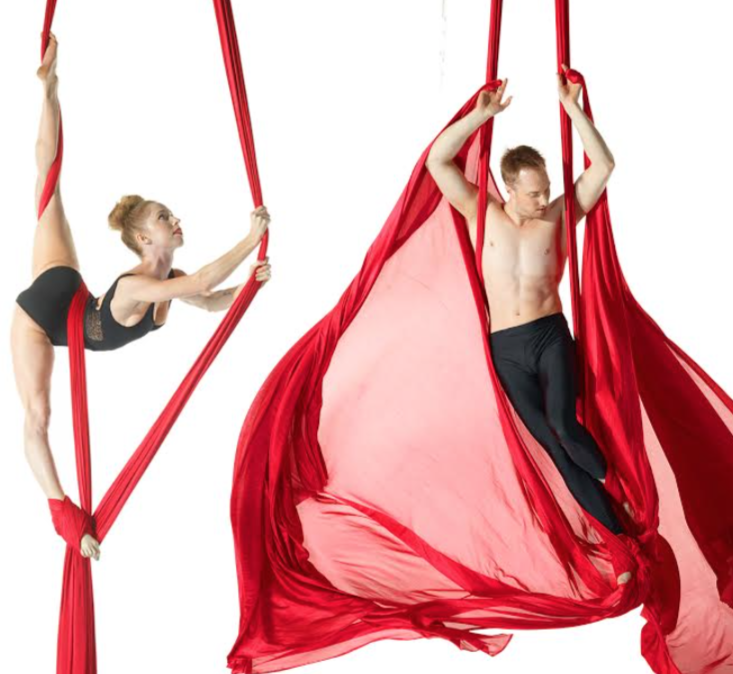Taking rest days where you don’t train or workout strenuously has been proven to be very beneficial in maintaining a healthy lifestyle as well as peak performance condition.
Here at Womack and Bowman we try to take one and a half to two rest days per week (depending on our schedules), ideally over the weekend. We use this time to hang out with our partners and friends, catch up on life events and generally be ‘normal’ for a few days (whatever that is!)
How do you feel about taking rest days away from aerial training?
Are you a “I’ve gotta train 7 days a week to hit my aerial goals!” Kind of aerialist?
If so, you may want to reconsider that intensity (although we DO admire your drive!)
Here are six important benefits to taking rest days.
1. REST PREVENTS INJURY
It’s common sense that resting is beneficial for injury reduction, but why? Well for starters, rest days prevent overuse. This extends from aerial/handstand/contortion training to running, lifting weights and even walking. If you’re a regular runner, you know how much your legs and feet can take until you just need a day off. The same is true for aerial class and training where you may start to feel pain In your shoulders, lats, rotator cuff, forearms and hands. If you push it too hard without a break, your muscles and joints suffer from overuse and that’s where injuries can happen.
2. REST IMPROVES MUSCLE PERFORMANCE
When you lift weights, including your own as we do in our aerial practice, you’re essentially tearing muscle fibers. But without a proper period of rest for your immune system to repair and grow the muscle, you’re not going to get the benefit of your training e.g better Inverts, Straddle Climbs, Meat Hooks, Planches etc. That’s why you need to vary your training as much as possible each day to work different muscle groups or at the very least, add push-ups and Hand Stand drills into your regular practice.
3. YOUR AERIAL PROGRESS WON’T DIP
In general, it takes your body almost two weeks of non-activity before you start losing a noticeable (at least, to other people!) amount of your aerial progress or performance level. So don’t think that taking a day or two off from training will set you back all that hard work you’ve put in.
4. IMPROVED SLEEP
Do you have trouble sleeping? Over-training could be the culprit. Too much exercise can put your body in a constant state of restlessness or on high alert making a good night’s sleep tough to achieve. A telltale sign is an increase in your resting heart rate. Taking those rest days can help bring down your alertness and heart rate, which can help get you a night of sound sleep.
5. YOUR IMMUNE SYSTEM CAN MAKE REPAIRS
During periods of heavy activity, such as rehearsing an act/s for a show or participating in numerous aerial workshops, festivals or retreats, our immune systems are constantly activating to repair muscles and joints. Without proper rest, your immune system can’t catch up to all the repairs your body needs. And then? You guessed it: injuries.
6. MENTAL EDGE
From a psychological standpoint, taking a rest period can rekindle your hunger for aerial and help prevent burnout. Mental fatigue can be every bit as detrimental as physical fatigue and taking a rest day helps to recharge the psyche.
So what can you do to get your mind right on rest? For starters, you’re going to have to make the mental adjustment to understanding and believing that you can take days off. It’s good for you, for all the reasons listed above.
Just like setting your regular aerial goals, set your rest goals. Plot out a schedule and pick your weekly rest days; one or two days where you limit your activity to allow your body/muscles to recover. Active recovery is also hugely beneficial for our over-used aerial muscles, and a standard routine of stretching (not advanced-level contortion!) or light yoga to improve flexibility and circulation can be especially valuable.








